Uprising: join or die Review | The war of tomorrow, yesterday
Simulator of various kinds were the bread and butter for the 5th generation of video games on PC, many series started and ended in the span of 6 years.
Due to the fall in popularity of this genre, one may think that it's simply too old and complex to care and should be ignored, but I think that there is still fun to be had with this kind of games.
Let's take a look at Uprising: join or die and see what it did right and wrong.
Aesthetics
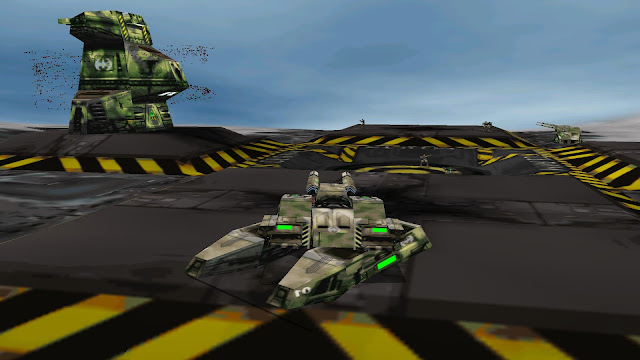 |
Patrolling a recently conquered hot zone |
The 3d graphics have not aged well, the textures look very low resolution and the models are very blocky, unless you have a pair of rose-tinted glasses for this kind of appearances, everything just looks ugly.
Not a great start, but it gets better almost immediately.
The user interface struck me, it's heterogeneous, meaning that unlike other games where the UI is an abstraction shown to the player, here it's part of the tank you command. It gives a much appreciated boon to immersion.
I really enjoyed the particle details too, the ones dedicated to the weapons are passable, but the one for the defeated enemies are a treat, the explosions are nice to see and the debris give a nice feeling of destruction all around.
The animations are ok, the sprites on the soldiers being the most detailed since most of the time you face vehicles and structures, these things don't need a lot of movement details.
Voice acting is decent, but of course due to its age it sounds a bit compressed.
Soundtrack is broken and uninteresting, it happened more than once that it stopped working and even trying to re-activate it in the menu didn't work, I had to listen to the OGG in the music folder to have a clear listening.
Thankfully, the actual sounds of the battle are wonderful, diverse and well used, it didn't make me miss the music not even for a bit.
Small note, don't play this game with headphones on, it's impossible to lower the sounds in the options' menu since the sound mixing setting is broken and even keeping the volume on Windows at 2 it was still too loud.
In short, the highs with the sounds, UI and particles are truly remarkable while the lows on the music are disappointingly noticeable.
Game Mechanics
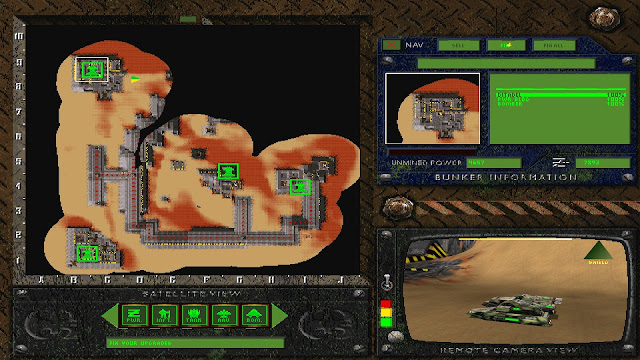 |
Check the map have a clear view of the tactical situation |
The game is a mech shooter, in particular a futuristic tank simulator, with a good dose of strategic elements added to the mix. There are various system implemented here such as a hyper versatile tank called Wraith, conquerable hot zones where you can build production structures and upgrades to unlock on the system selection screen.
First things first, a note about the controls.
When was the last time you used the F-numbered keys? If you play a modern game on pc your answer to this may be never, because no title uses such buttons anymore, but they were all the rage during the nineties and this game is no exception. On top of that, the commands are smeared all over the keyboard, don't even try to set up a controller, it's not worth it. At the very least you can rebind some, like the ones dedicated to the movement, so you don't have to use the arrows, plus if you ever forget some you can always check in the options.
Anyway, let's talk about the tank.
The main stats for the vehicle you use are: health, ammo and the possibility to divert power to one of the 3 subsystems: weapons(to shoot faster), speed(to go faster) and shields(to take less damage). Diverting power can be done manually by pressing the X key and moving the cursor on how much you want to focus on one particular subsystem or by pressing the C key to cycle on one of the 3 predetermined selections, one giving max power to one subsystem.
It takes a bit of time to get used to it, but once you do, you can juggle very efficiently the power to the subsystems, giving you an edge in the battle.
At the start of the game you are able to move and shoot with your tank, conquer hot zones by dropping a citadel (a defense tower that you can take control of), build structures on these zones and call in reinforcements produced by these structures. You can have several weapons at your disposal, but only 2 can be used at the same time, with the starting ones being a laser gun and heat seeking missiles. There are also random drops that can give you money, health, ammo or a free random unit. Beyond the action on the field, you can also unlock new structures and weapons in the upgrades' menu(more on that later).
A design decision that has annoyed me is that the missiles are the only ammunition that can be reloaded on a hot zone, the others require a random drop, meaning that you are going to run out of ammo for a weapon really fast and have to wait for a drop. Apart from this inconvenience, the mechanics are very fun and give you a basic and deep tool set to use, each unit has its own use case and their usage is going to be a key part of a winning strategy.
Moving onto the economy.
There are 2 currencies: energy and credits. Energy is used during the battles, its main purpose is to balance the pacing, it's used to build structures, train units and use the K-sat. Energy can be gained either by building a mining facility, by killing enemies or gathered by one of the random drops. Credits are used in the systems overview to buy upgrades for your tank(like more armor and new weapons), upgrade for units and structures, unlock new buildings(like the K-sat, an instant structure killer) or temporary buffs valid for a mission (like extra troops). You can also use the credits to spy on the next planet or send a probe to gather more information on what you are going to face.
There is a finite amount of missions, meaning that the credits are limited, so don't waste them on temporary buffs, focus your finances on permanent upgrades for you and your forces. In particular, I suggest you to unlock the K-sat as soon as possible, trust me it's worth it.
Now for the planets.
You can select a planet in your system overview and choose which one to go first, you only need to conquer half of the planets to unlock the next system, but I recommend doing all of them before the final one for reasons I am going to talk about later.
As for how the actual levels are designed.
The main objective in almost all missions is to conquer all the hot zones on a planet, with the exceptions represented by a couple of missions where you must gather enough energy or simply destroy all enemy buildings. Despite the monotony, the title spices up the gameplay by adding unique elements here and there, like a mission where you start without a hot zone or another one where you have to stop several enemy cargoes directed to a teleport beam.
It didn't bother me, but honestly this is the most stale part of the game.
Nothing much to say about the save system, it's very permissive, you can save at any time you want and load at any time you want.
About the enemies, they have the same tools at disposition of the player, except for the tank itself and the fact that they have structures disjointed from the hot zones producing units constantly. I can't say for certain if the AI cheats or not, it seemed to be limited to the buildings present on the map, but it also tended to spawn groups of units right in front of me, hence my incertitude. Fact is, it's very aggressive and it's going to keep you constantly under pressure, be ready to always keep an eye out for your citadels.
While it frustrated me a bit due to the constant mending of my bases, it was very engaging and kept me on the edge of my seat until the end.
For the main campaign, there are no modifiers or ways to increase the difficulty, nor there it seems to be a reward for conquering all planets, apart for a smoother experience. Depending on if you use the K-sat or not, the game can be either a reasonable challenge or an excruciating war of attrition, so you could limit yourself to not use it and make your own challenge, but I really don't suggest it.
A small note, you need to tweak for a bit to make the game work, despite using the nGlide wrapper, crashing happened more than once and sometimes even in the middle of battle.
It took me 8 hours and a half to beat the game.
Narrative
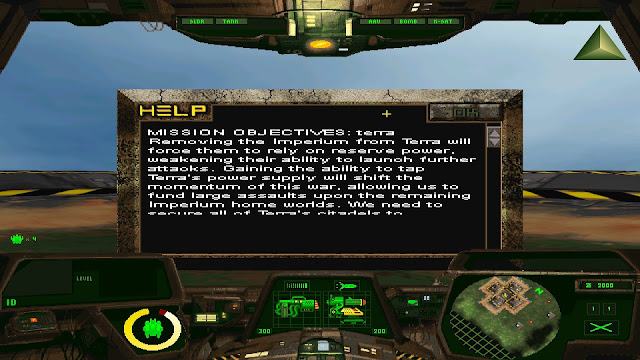 |
This is as much context you ever gonna get for a planet |
The intro cinematic for the campaign is very simple: for years the Imperium has ruled with an iron fist, the tyranny provoked the birth of a federation of worlds with the purpose of overturning the oppressive regime.
The manual has much more detailed lore and gives a lot more history to contextualize the setting, speaking of the events that bought the Imperium to be born and why the unnamed, unseen and silent protagonist that you impersonate decided to join the rebellion. There is even a section dedicated to the technology of the universe, just a bit of nice to have fluff.
That's it for the story.
As you can already guess, the game is not interested in narration any way or form.
Recommendation:
Uprising is a small gem that has aged poorly looks wise, but keeps an engaging combat system that makes it fun and interesting even to this day.

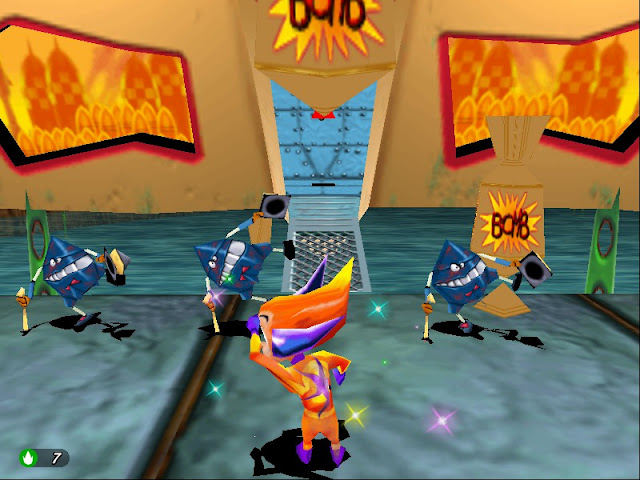

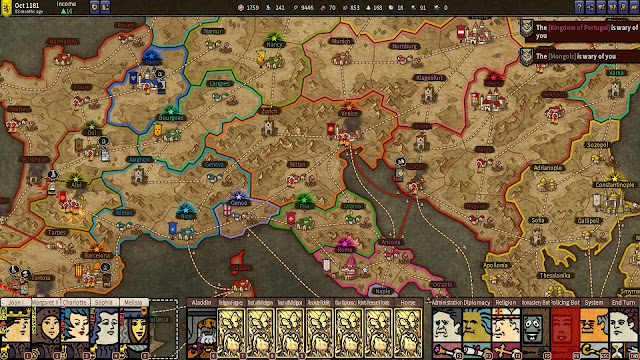
Comments
Post a Comment